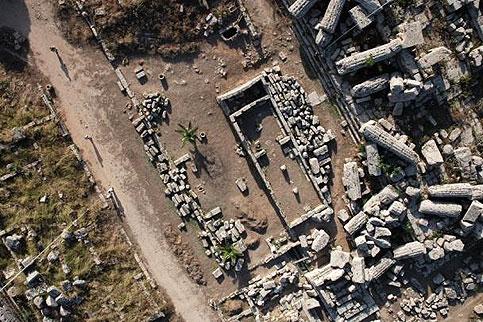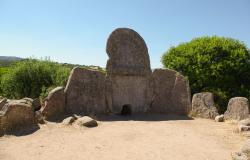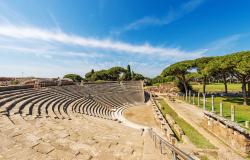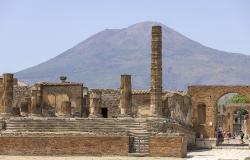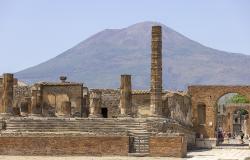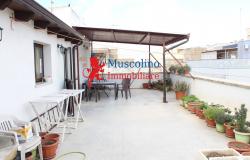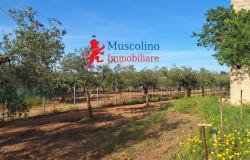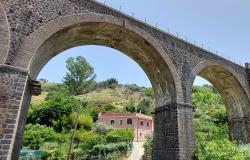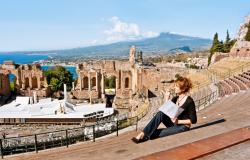Archaeologists working in the Archaeological Park of Selinunte, Sicily, one of the largest and most important Greek colonies on the island, have uncovered a temple dating back at least to the sixth century BC constructed with solid stone walls, which predate the pillared architecture commonly seen in extant Ancient Greek temples.
Located in the Acropolis directly south of Temple C, a partially standing temple, the new temple, Temple R, is referred to as the "Megaron". A team of archaeologists from the park, the Department of Culture and Identity in Sicily, and the Institute of Fine Arts at New York University recently began excavating the floor of the temple, after discovering ritual objects around the outer walls dating back to the 7th century BC.
When the interior of the temple was filled in with tiles, dirt, and pottery around 300 BC, the classical and archaic levels were almost perfectly preserved. Traces of destructive fire and arrowheads in the classical level date to the Carthaginian invasion in 409 BC.
A 10-centimetre tall female terracotta statuette dated to 570 BC depicts the temple goddess, thought to be Demeter, goddess of grain and agriculture, to whom bracelets, votives, ritual vases, and figurines found along the temples walls were dedicated. A bone flute also dated to 570 BC and a series of Corinthian vases depicting music and dance celebrations further tie the temple to Demeter, as the cult of Demeter was known for its music-filled festivities.
According to Clemente Marconi, NYU Professor and head of the American team, the newly discovered temple is both the oldest in Selinunte and one of the oldest discovered to date in all of Sicily. As the colony of Selinunte was founded only a few decades before the items found in the Megaron, around 630 BC, this discovery is causing archaeologists to re-examine the predominant theory that major houses of worship were constructed one or two centuries after a settlement was established.
